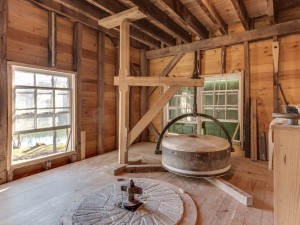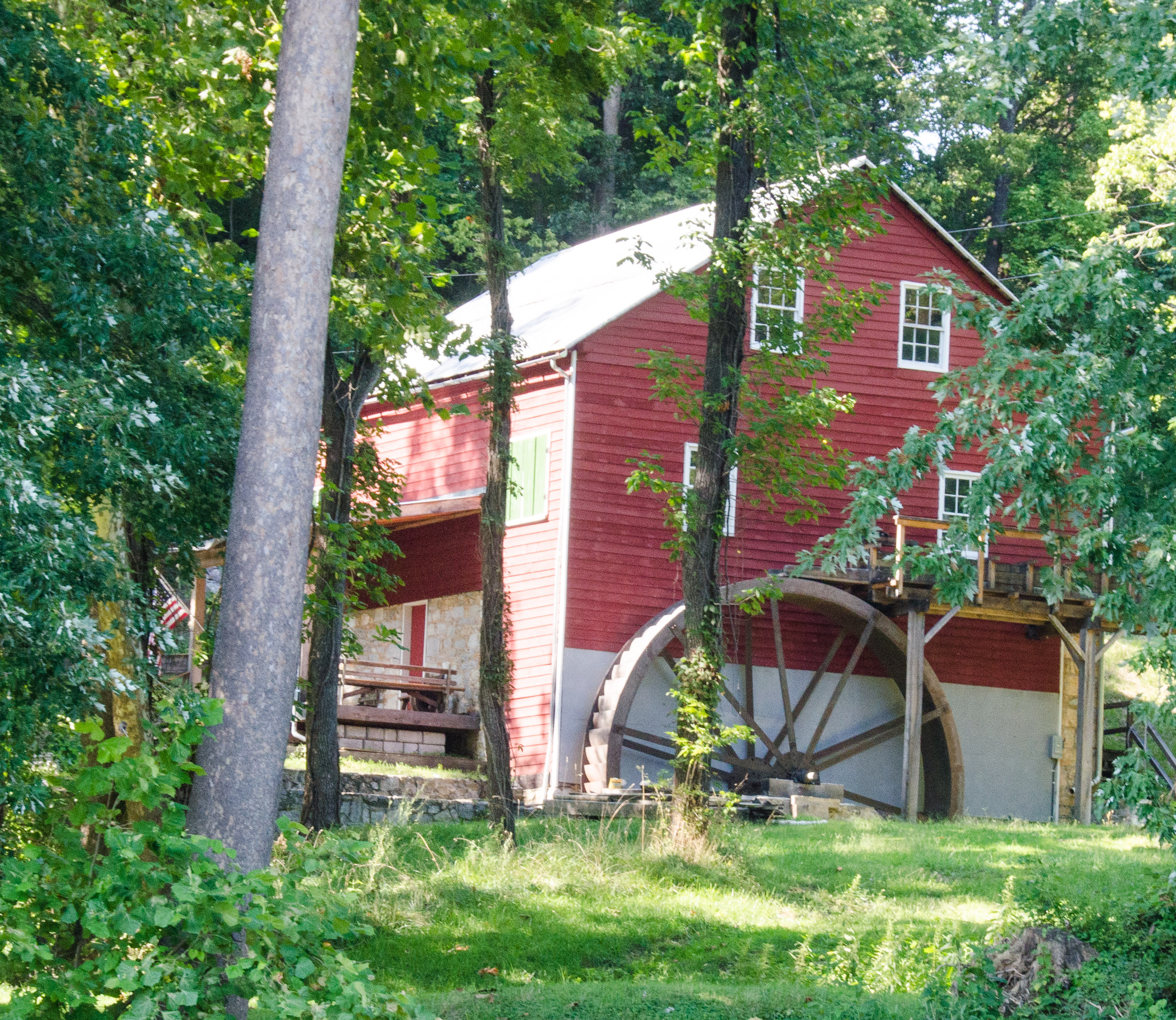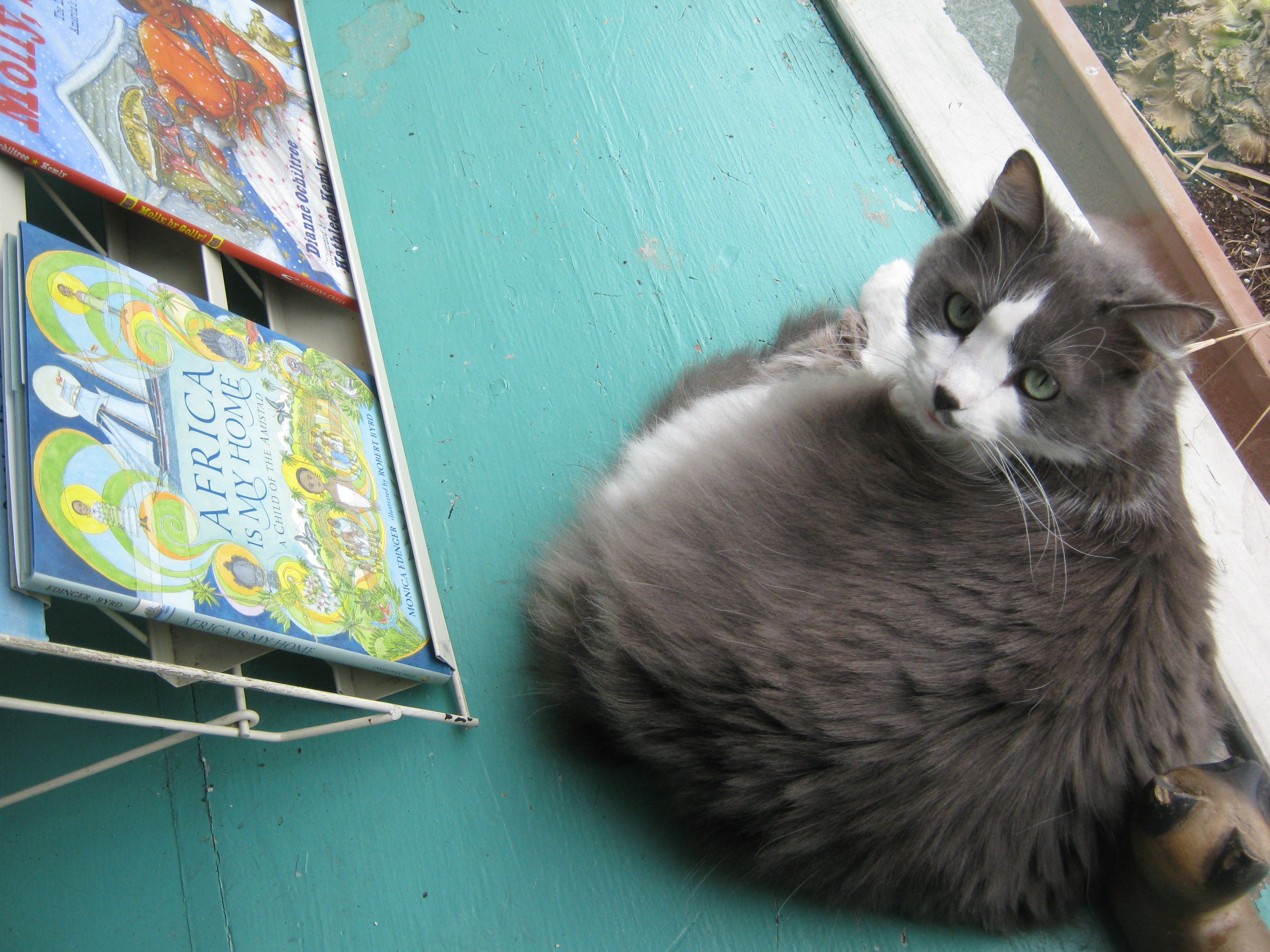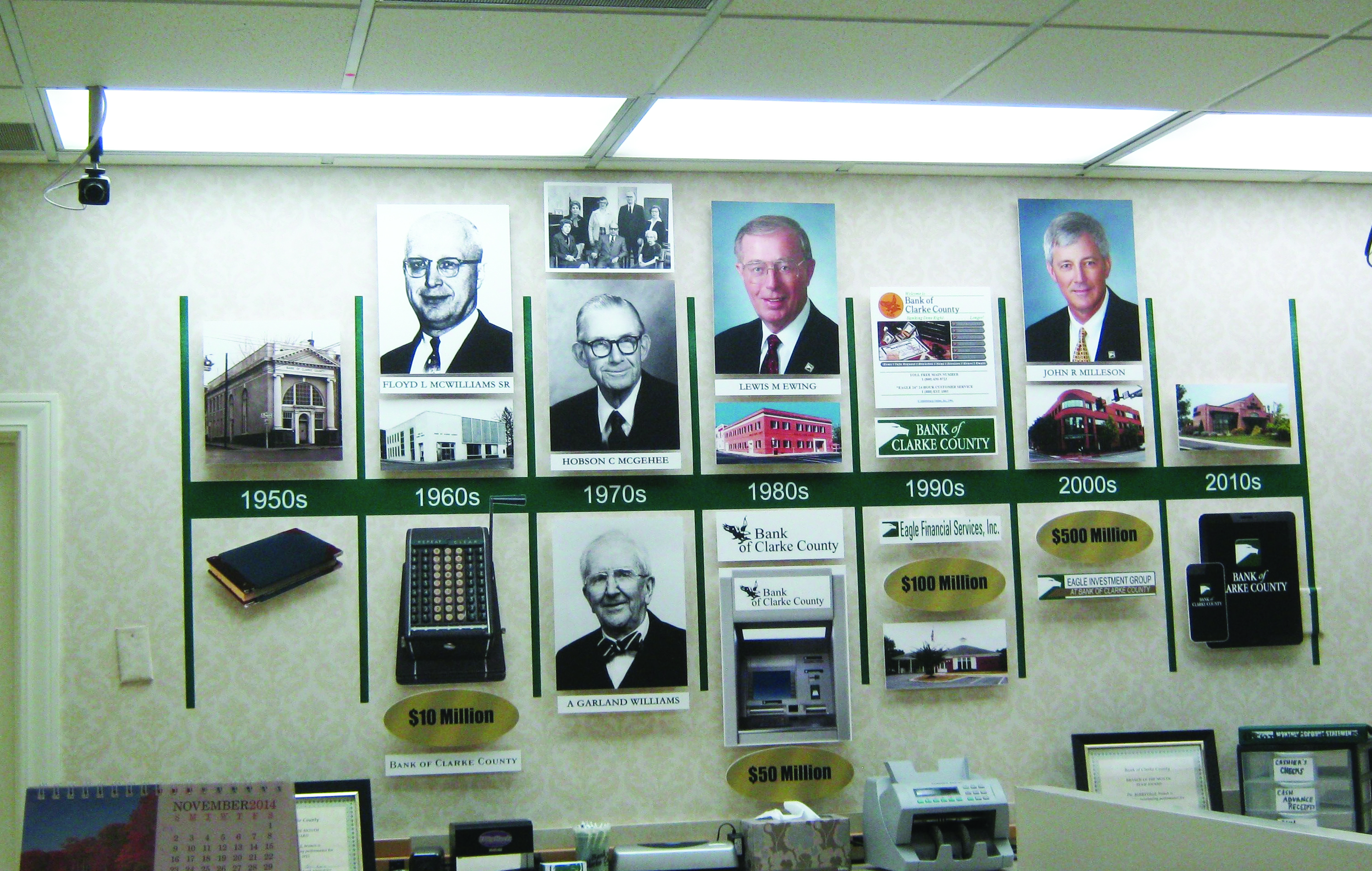Grist for Locke’s Mill
 By Wendy Gooditis
By Wendy Gooditis
At our dinner table, it has always been a favorite pastime to go around the table and share memories. On an average day, the question is about recent memories: “What was your favorite part of the day?” All answers are permitted, and often there are more than one happy memory being shared and stored away in the vault of family history.
On holidays, with more chairs filled and more generations conversing, the questions are often “What was Thanksgiving like when you were little?” These memories set us all on the inviting path into the past, down which we travel together, exploring many side trails along the way.
With my own parents, I still ask many questions about their own histories; fun ones like, “What kind of car did you learn to drive in?” And serious ones like, “What do you remember about the Great Depression?” The answers are often educational, sometimes surprising, and always fascinating.
A favorite memory of my father’s is one he has told me often and vividly enough that I feel I have lived it, too. He describes how, as a very young child in small-town Alabama, he used to be allowed to visit his father at the grist-mill the family owned for some years. My father describes the all-consuming sensory experience: the flour dust hanging in the air and giving every object an otherworldly pallor, the warm smell of grain against grinding stone, and most enthralling, all the sounds which made up the deep thrumming of a grinding mill, a noise almost more felt than heard, rising from feet through belly up spine to vibrate rhythmically in the ears. The tireless splash of the sluice driving the rattling wood-against-wood of the gears, turning the weighty, whirring grindstones.
I love to think of my father as that little boy, perched on a sack of corn meal, watching his father tend his mill through the flour-dust fog.
So when I got the chance to go see/smell/hear the wonderfully restored Locke’s Mill on a grinding day, I accepted with alacrity. For me, an antique mill gathers the several threads of history of locale, human ingenuity, and lifestyle in one irresistible spot. Who were the people who searched for the right spot on the right stream and decided that enough people needed a mill to make it worth the huge undertaking of building one? How on earth did those people know to order millstones from somewhere in Europe where the hardest stone could be had, and just how long did it take those stones to arrive, and by what conveyance? And stepping forward through the decades, at what point did the job as miller originally embarked upon from necessity or inheritance change to career choice and gradually to lifestyle?
The patient and wonderful owners of Locke’s Mill and the recently rebuilt miller’s house answered my many questions with enthusiasm and justifiable pride. I was charmed to be permitted to explore the entire, beautifully restored building – new siding, restored windows, some new plank floors. Most of the old timber structure is original, but a major huge beam and a couple of stout supports are new, though they are as gorgeously rustic as their aged neighbors.
The flume and sluice (which divert part of the mill stream to turn the mill wheel), the mill wheel itself, the fantastic wooden gears are all sturdy, meticulously restored, and functioning as they should. I stood and watched the rye grain pouring in and the rye flour pouring out and thought about the life of a modern-day miller in a small, antique mill.
The good news is that there is a living to be made still, thanks in part to the modern sensibilities which draw people to organic and locally produced consumable products of all sorts. The current millers entered mill ownership sideways. They thought they were buying a beautifully-sited spot on the river, from which to base their passion for kayaking with groups of friends. How heavenly to end the day on the banks of the river which had provided the day’s enjoyment! The property happened to have a run-down old cabin — oh, and an abandoned mill.
Over time, the lure of restoration led the owners to rebuild the old cabin into a modern, comfortable house, and then on to the revitalizing of the mill itself. It has been a labor of love, with the fascination for the highest and best use of a mill — namely, milling — gradually becoming a part of their lives, however unintended. Without seeking actual business, the millers found themselves with two good contracts for the regular production of organic flours. Because these contracts arrived on their doorstep of their own volition, it is the millers’ strong feeling that, on top of this existing income, there is plenty more demand out there for someone who wishes to make a living as a miller.
It occurs to me to reflect on a lifestyle trend which — as evidenced by the interest in organics and local production — is attracting people across generations. I know a couple from Bethesda coming up on retirement who want to invest in some land with which to give young organic farmers a place to start out. I know a young couple with two small children who are saving to buy a small farm and live off the grid. Will I get to meet a budding miller with an interest in living a simpler, rural life and contributing to the organic and local movement? I sure hope so.
NPR did a story about young people reviving the back-to-the-land and off-the-grid lifestyle. The story wound up with the statement, “This new generation of farmers have made farming cool again.”
And a paragraph from another story on living the simple life: “A central and exciting task for our times is consciously designing ourselves into a sustainable and meaningful future, from the personal level outwards. In envisioning what this future could look like, it is important to not be bound by old stereotypes and to instead see the realism and the beauty of simpler ways of living.” (HuffPost)
When I stood on the cushiony spring grass, gazing over the sparkling Shenandoah, hearing the splash and creak of the mill wheel behind me, I found it easy to imagine pursuing this endeavor. And so many people have work they do at home these days, and those hours of staring at a computer screen could be beautifully balanced by rewarding work in the mill across the driveway. Some enterprising someone is going to have the best of several worlds!
As you have probably gathered, Locke’s Mill is for sale, along with the modern miller’s house. It stands on 2.5 acres of beautiful riverbank with spectacular views of river and mountains. The house has three spacious bedrooms, three full bathrooms, huge windows, a stone fireplace, 6-burner gas stove, and on and on. Remember what I said about the best of several worlds? As if to satisfy that particular statement, the house has a simple modern sleekness that balances the mill’s rustic antiquity to perfection.
If you decide to be the next Locke’s Mill miller, I hope very much that you’ll allow me to bring my aged father to sit on a sack of grain in contemplation, once in a while on a grinding day.
Wendy Gooditis is a real estate agent on the Chip Schutte Real Estate Team with ReMax Roots at 101 East Main St., Berryville, Va.; (540)955-0911. She would be happy to answer any questions you may have about real estate, and can be reached at gooditis@visuallink.com or at (540)533-0840.
















